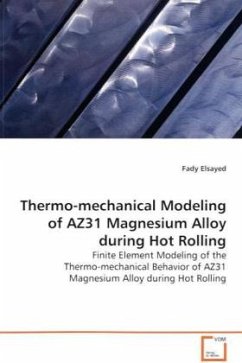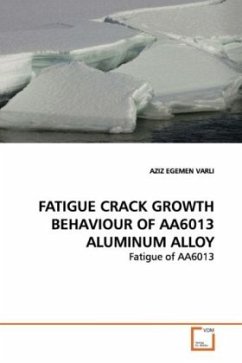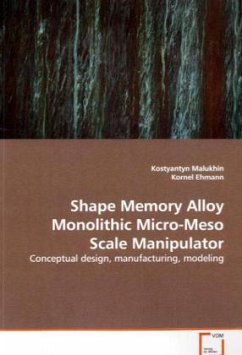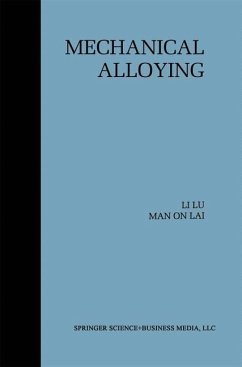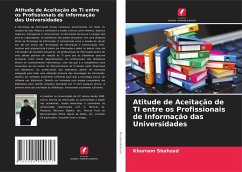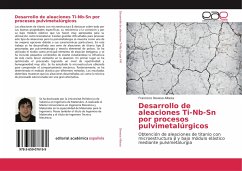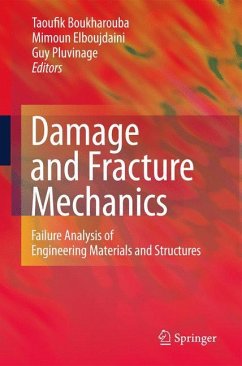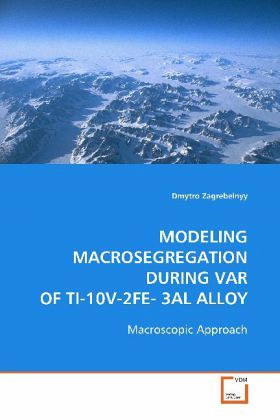
MODELING MACROSEGREGATION DURING VAR OF TI-10V-2FE- 3AL ALLOY
Macroscopic Approach
Versandkostenfrei!
Versandfertig in 6-10 Tagen
52,99 €
inkl. MwSt.

PAYBACK Punkte
26 °P sammeln!
Vacuum arc remelting (VAR) is a secondary melting process for production of metal ingots with elevated chemical and mechanical homogeneity for highly demanding applications. One of the most important problems of Vacuum Arc Remelting (VAR) is the lack of chemical homogeneity in the produced ingots. Past numerical studies of VAR have demonstrated that the characteristics of the mushy zone, the fluid flow and their interaction are the key factors defining the severity and the character of macrosegregation in the produced ingots. Thus, a new numerical model of the complete VAR process, capable of ...
Vacuum arc remelting (VAR) is a secondary melting
process for production of metal ingots with elevated
chemical and mechanical homogeneity for highly
demanding applications. One of the most important
problems of Vacuum Arc Remelting (VAR) is the lack
of chemical homogeneity in the produced ingots. Past
numerical studies of VAR have demonstrated that the
characteristics of the mushy zone, the fluid flow
and their interaction are the key factors defining
the severity and the character of macrosegregation
in the produced ingots. Thus, a new numerical model
of the complete VAR process, capable of representing
two distinctive morphologies of mushy zone: rigid
columnar structure and slurry of free floating
equiaxed grains is introduced. The presented model
accompanied by a simple criterion for the columnar-
to-equiaxed transition allows the capture of
segregation defects induced by motion and settling
of equiaxed grains.
process for production of metal ingots with elevated
chemical and mechanical homogeneity for highly
demanding applications. One of the most important
problems of Vacuum Arc Remelting (VAR) is the lack
of chemical homogeneity in the produced ingots. Past
numerical studies of VAR have demonstrated that the
characteristics of the mushy zone, the fluid flow
and their interaction are the key factors defining
the severity and the character of macrosegregation
in the produced ingots. Thus, a new numerical model
of the complete VAR process, capable of representing
two distinctive morphologies of mushy zone: rigid
columnar structure and slurry of free floating
equiaxed grains is introduced. The presented model
accompanied by a simple criterion for the columnar-
to-equiaxed transition allows the capture of
segregation defects induced by motion and settling
of equiaxed grains.



